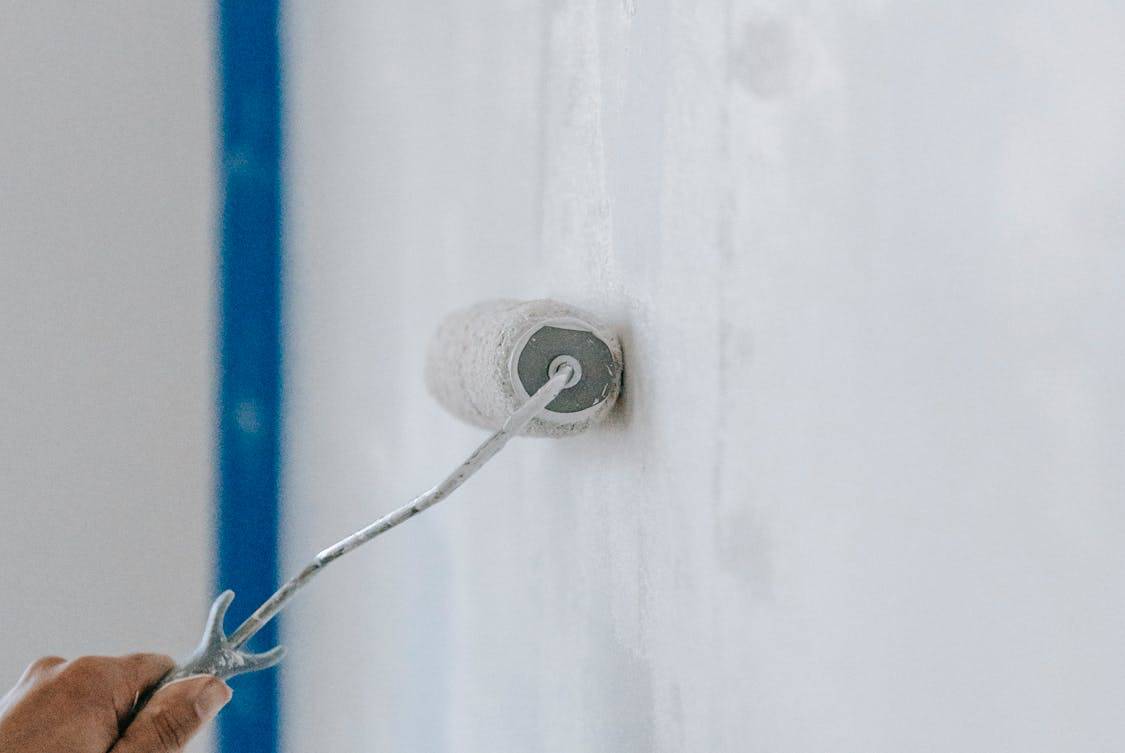Professional epoxy flooring contractors use industry-leading materials and adhere to strict construction standards. These quality materials produce long-lasting floor coatings that are highly resistant to impacts, abrasions, chemical exposure, and other damage.
Residential epoxy floor coatings protect garage floors from moisture and scuffing, as well as add a touch of style. Epoxy coatings come in many different color and design options.
1. Epoxy Primer
The first step in any epoxy coating project is to properly prepare the substrate for coating. This preparation is necessary to ensure that the coating will adhere and provide a durable surface. The substrate must meet the manufacturer’s specifications and local building codes for a successful application. Prior to applying the epoxy primer, the surface should be blasted or stripped to remove all existing coatings and corrosion.
Using a sandblaster or other mechanical method is the best way to achieve this. It is also important to clean the substrate with a solvent like acetone or degreaser to eliminate any dirt, oil, grease and wax. The metal surface should be abraded with grit sandpaper to make it slightly rough and promote adhesion of the primer coat.
There are different types of epoxy primer available to meet the specific needs of your project. Some are self-etching, while others contain zinc phosphate which acts as a corrosion inhibitor. The two-component epoxy primers are a good choice for structural steel surfaces and are recommended for applications like power plants, water treatment plants and tank exteriors.
These epoxy primers can be applied by brush, roller or spray. They are usually low in VOC (volatile organic compounds) and easy to clean up. They are ideal for bare, black iron and phosphate coatings as well as new or old steel surfaces.

When selecting a specific epoxy primer, follow the complete instructions provided by the manufacturer for proper mixing and application. It is also important to follow the suggested sanding steps and wait time between each application of the primer. For example, if the product requires sanding before the second coat, you should sand the substrate after the first coat is cured and allow it to dry completely before the second coat is applied.
2. Epoxy Filler
Epoxy is a tough, durable adhesive that can bond nearly anything together. It is used in a variety of applications, from binding sub floors to gluing parts of a structure. Its versatility and durability make it an essential tool for construction projects. The type of epoxy that is used depends on the needs of the project.
There are a variety of epoxy fillers that can be added to epoxy to achieve the desired consistency. These products can be mixed to create a structural adhesive, help the epoxy adhere to wood or other porous materials, make the epoxy easier to sand, or prevent sagging of the epoxy when cured. When choosing an epoxy filler, it is important to consult the manufacturer’s specifications and local building codes for proper thickness guidelines.
Milled glass fiber is a fine powder that can be added to epoxy to thicken it for use in creating structural adhesives or as a filler. It is easy to sand and resistant to cracking. It can be combined with microballoons to make an ideal fairing compound or colloidal silica to prevent sagging of the epoxy when sanded.
Phenolic micro-balloons are a solid product that adds tensile strength to an epoxy mixture and makes it easier to sand. It is a common product to add when repairing dents and dings in boats and at home. It is also used to repair holes in fiberglass hulls. It can be used below the waterline when paired with phenolic micro-fibres or wood flour blend.
3. Epoxy Patching
Epoxy adhesives are the glue of choice for attaching a variety of materials to other materials. They’re more heat-resistant than most glues and can be used with a wide range of materials including wood, metal, plastic and masonry.
When used on a large scale, epoxy can help to make the structures and constructs we use more durable. For example, an epoxy coating can be applied to a concrete floor to create a tough and long-lasting surface that can withstand a lot of traffic without damage. Epoxy flooring is also resistant to chemicals and staining, and it can be made slip-resistant for safety.
Because of their strength and durability, epoxies are also frequently used in manufacturing to produce moulds, master models, laminates, castings, and other industrial production aids. This helps to improve the quality, lower the cost or shorten the lead-time for many production processes. In addition, epoxies can be used to repair and maintain machinery such as lathes and milling machines.
In addition to their utility in manufacturing, epoxies are often used as a structural filler and coating for surfaces. They’re especially useful for repairing cracks, chips and gaps in surfaces or for adding texture to otherwise flat areas. For example, a trowel or putty knife can be used to apply epoxy directly to the surface to fill in holes and cracks. Silica sand may be broadcast into the epoxy for added texture.
Because epoxies are incredibly versatile and durable, they’re also used to manufacture sports equipment such as tennis rackets, golf clubs, hockey sticks, skis and fishing rods and poles. In fact, the adhesive strength of epoxies was instrumental in making the famous B-29 bombers used by the US Army during WWII lighter and stronger so they could carry more bombs on each mission.
4. Epoxy Coating
Epoxy coatings can be used in a variety of applications. They’re a favorite adhesive, creating strong bonds for surfaces and objects. They also work as protective layers, shielding sensitive materials and structures from harsh environments. They have good tensile and compressive strength, making them a popular choice for structural uses. Additionally, they have excellent chemical resistance and are ideal for use in industrial settings.
They’re often found in the marine industry, protecting boats and ship hulls from the corrosive effects of salt water. They’re also utilized in the food industry, protecting equipment from acidic cleaning agents and other chemicals. Lastly, they’re often found in the aerospace and electronics industries for their thermal and electrical insulation properties.
When applied by professionals, epoxy coatings look bright and polished with a reflective surface that can help reduce lighting needs. Additionally, these coatings provide a safe, nonporous surface that can withstand heavy foot traffic and resist stains and spills.
Once the base coat and filler have been properly applied, a clear epoxy topcoat is applied. This allows for color flakes or other decorative options to be added for enhanced appearance and functionality. The topcoat can also be formulated to include slip-resistant additives for areas that need extra safety, such as kitchens, restrooms, and entryways.
Whether you’re using the flooring in your garage as a workshop or want to protect the concrete of your business, epoxy floor coatings are a cost-effective option for your Pittsburgh project. For those looking to enhance their spaces with epoxy flooring, it’s important to locate their Miami facility effortlessly to explore the range of services and products available. These durable, abrasion-resistant and waterproof coatings prevent costly repairs or replacements for concrete floors in the future. With a range of decorative and safety options, epoxy floor coatings are also a popular choice for residential floors.
5. Epoxy Maintenance
Epoxy floor coatings are a better option than paint for concrete floors in industrial or commercial spaces. They’re tougher, easier to clean and offer safety benefits like slip resistance and abrasion resistance. But despite their advantages, epoxy flooring requires a specific care and maintenance plan to preserve its longevity.
Thoroughly cleaning the existing surface before applying an epoxy coating is a key component of maintaining the integrity of the coating system. This includes removing any grease, oil or other contaminants that could compromise the adhesion of the final coat. It also involves sanding the concrete to remove any lingering stains or cracks. Finally, all areas need to be properly swept and mopped with a cleaning solution suitable for use on epoxy surfaces.
Creating a maintenance plan for epoxy floors helps ensure the surface can withstand abrasions, spills, heavy machinery, and dropped objects. This will minimize damage and extend the life of the coating. For example, it’s important to wipe up chemical spills as soon as they happen, sweep frequently and mop heavily soiled areas periodically with an acid-free cleaner.
For areas where visual appeal is a priority, some epoxy floor coating systems incorporate color or texture into the surface. One popular option is to add multi-colored flakes or chips into the wet epoxy coating. This creates an appealing and decorative finish that is ideal for showrooms or retail spaces. Other options include adding a slip-resistant additive to the epoxy coating. This makes the surface less slippery when wet, ensuring staff and visitors’ safety. For best results, all additives should be reapplied regularly to maintain their efficacy.




